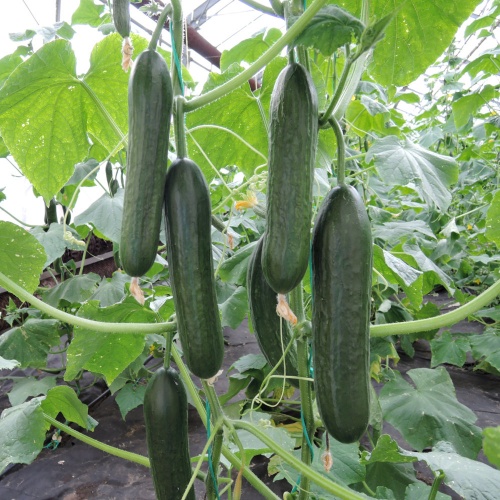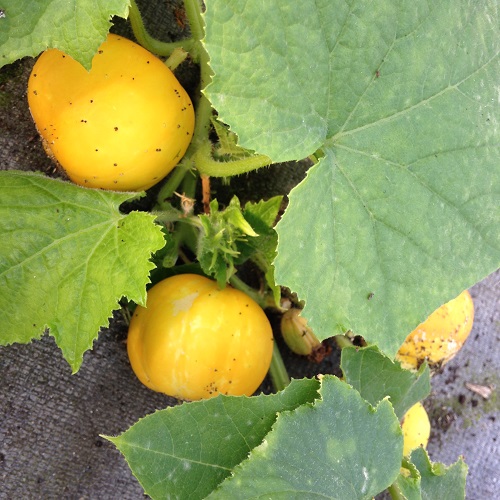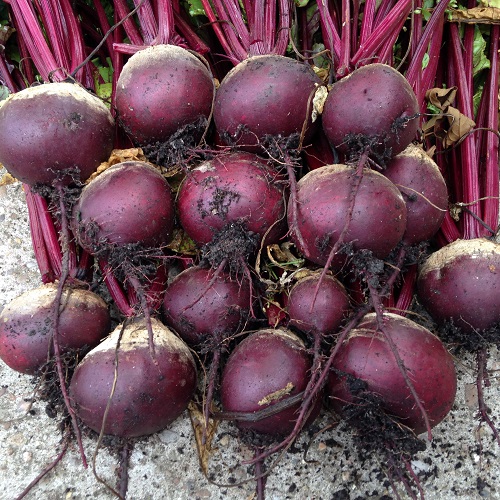Customers who bought this item also bought:
Cucumber Baby
£1.79
These mini cucumbers can be harvested at a petite length of about 10 cm,.....
Packet Content: 5 Seeds
Cucumber Lemon
£0.99
Lemon is an unusual cucumber variety that produces 'lemon shaped'.....
Packet Contents: 20 seeds
Beetroot Boltardy£0.99
£0.79
Beetroot Boltardy is the most popular variety for early and.....
Average Contents : 350 seeds
Melon Sugar Baby£0.99
£0.49
Small, round watermelons that grow to a handy size of about 15 to 20cm.....
Av. Packet Contents : 12 seeds
Customer Reviews
Be the first to Write a Review for this item!




